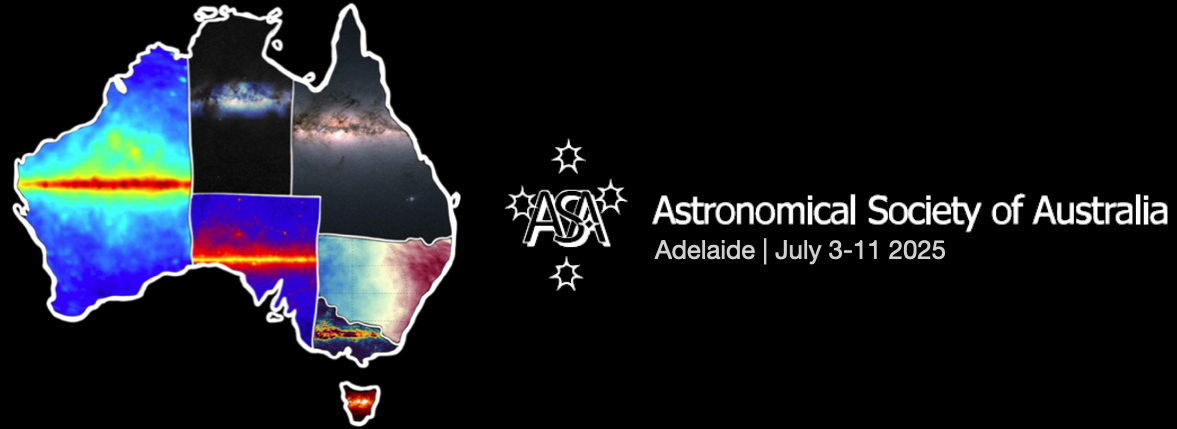Speaker
Description
Cosmological galaxy formation simulations are essential tools for interpreting observations, designing surveys, and exploring uncharted regions of galaxy parameter space. Yet, these models face long-standing challenges—such as reproducing galaxy emission consistently from the UV to the FIR—as well as new ones, including explaining the presence of massive quenched galaxies in the early Universe revealed by recent observations. In this talk, I will present how we are addressing these challenges with Shark, a highly flexible, open-source semi-analytic model of galaxy formation. I will highlight recent advances in Shark’s physical modelling, including the implementation of more realistic dust attenuation curves and improved treatments of Active Galactic Nuclei feedback, which together enable a more accurate and predictive framework for galaxy evolution across cosmic time.

